NOW CONTAINS AN ANTIFUNGAL TO PREVENT MOLD, MOSS & ALGAE ON SEALER FILM
Surebond SB-1300 Joint Stabilizing Sealer is a water-based, single component, epoxy modified, enhancing sealer and joint sand stabilizer. The product can be used both inside and outside, on old and new pavements, sealing paving stones and stabilizing joint sand at the same time. It is the only sealer that can be applied immediately after paver installation, as it is breathable and will not trap the naturally occurring efflorescence. This breathability also decreases freeze-thaw damage and improves surface durability and ease of maintenance. SB-1300 Joint Stabilizing Sealer is solvent free and exceeds all VOC and EPA standards. The product is non-hazardous and has the consistency of water. It is milky white when applied and dries crystal clear, creating a finish that ranges from a matte finish to a satin sheen, depending on the surface. Cured sealer is freeze resistant to -60°F (-51°C) and is stable up to a temperature of 180°F (82°C).
Preparation:
The pavement surface should be clean and free from oil, dust and any loose material. If necessary, use SB-442 General Stain Remover to clean pavers (refer to label and data sheet for guidelines). The paver joints should be completely filled with dry, correctly graded jointing sand with the top level not exceeding the bottom of the chamfer or 1/8” below the surface on non-beveled or tumbled paver surface. A leaf blower is the recommended method to remove dust and fine sand particles from the surface and achieve the optimum joint sand height. Remove all visible efflorescence prior to sealer application; use SB-488 Efflorescence and Rust Remover if necessary (refer to label and data sheet for guidelines). Be sure surface is dry prior to application.
Application Information:
SB-1300 Joint Stabilizing Sealer should be flood coated to the pavement surface using a siphon pump, bulk sprayer or a handheld garden sprayer. Use coverage guidelines to determine the correct amount of material for the project. Flood joints to ensure proper sand penetration and stabilization and use a soft foam squeegee to direct excess material into the joints and to remove all excess material from the surface. Material coverage will depend on surface porosity, joint size and pavement usage. Care should be taken that no excess material is pooled on the surface. Clean all application equipment with water and do not allow material to dry in containers as removal becomes more difficult.
Benefits:
- Fast Drying
- Breathable
- Sealer and Joint Sand Stabilizer
- Environmentaly Friendly
- Reduces Weeds
Coverage Per Gallon:
100-150 square feet depending on substrate porosity.




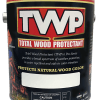
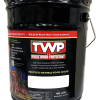
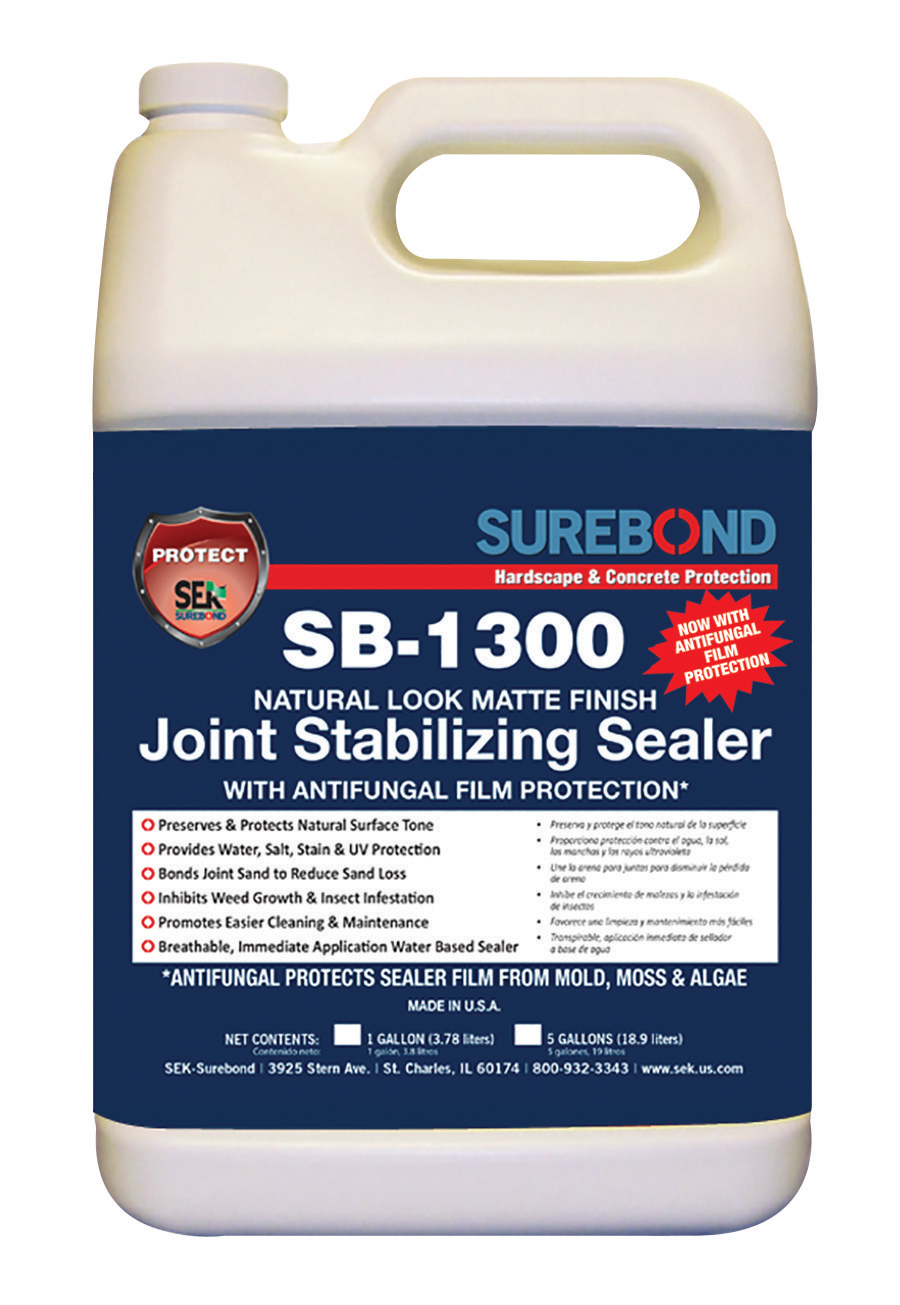
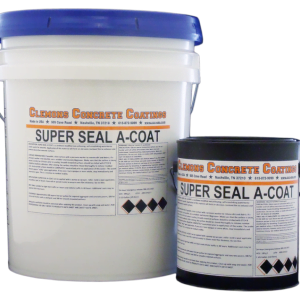
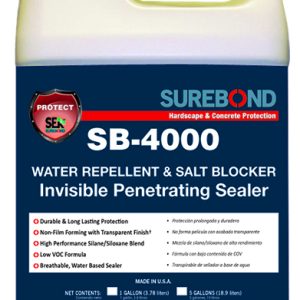
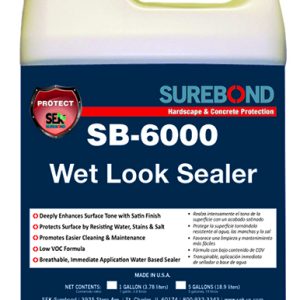
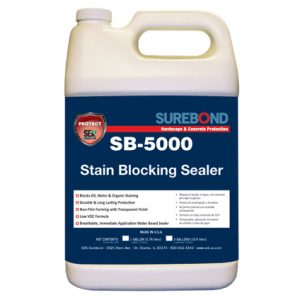
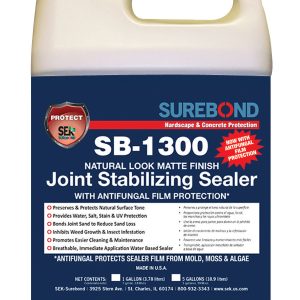
Otherwise, what sealer would you recommend for a voc state in which non slip can be added? Any finish is fine.
That depends on what type of surface you have?
I have porcelain pavers by MSI. The pavers are not slippery but the coping around the pool is slippery when wet. I would like to add non-slip and am alright going with a wet look sealer or otherwise to make it work. Thanks.
Sorry, but we do not have a sealer that will work on porcelain.
Can the non slip additive be used with this product in a second coat?
Not with this product.
We have been through hell recently with another water based acrylic paver sealer even though it was applied by a professional contracting company. Part of the patio turned white after a year – see photo. Do you feel the Surebond sealer would be a better option (considering its breathable) in case we decide to reseal?
All of our paverssealers are breathable.
Gotcha…do you think the white haze was due to moisture being trapped or maybe sand dust? The contractor had used the leaf blower though after re-sanding/before sealing.
Looks like it could have been a poor sealer or poly sand haze if that was used. No way to say for certain.
I’m redoing a paver driveway. I pressure washed and blew most of the sand out of the joint along with mildew.
should I spread the sand And water in first then apply the surebond or do it all in one application eliminating the water?
thanks
No need for water.
How long should you wait to apply a second coat?
As soon as the first coat is dry.
Thanks, so not tacky, dry to where you could walk on it?
Yes.
How long after application is it safe to be exposed to rain?
2-3 hours.
Great. Also is there any risk or problem caused by using a polymeric sand and then this product or should I stick with a standard masonry sand? Thanks again.
You can use poly sand. No issues.
Is the SB-1300 Joint Sealer to be used instead of water to set polymeric sand joints? Or, after the joints have been set with water? The description on product page is not clear.